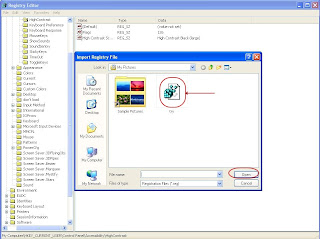- Lower operating expenses
- Improve employee productivity
- Increase customer satisfaction
This event is focused on addressing your business challenges and will be interactive. Unified Communications Strategist, Marty Parker, will be our keynote speaker. This will be a great way to get the latest look at Microsoft Lync Server 2010: the next generation of Microsoft Office Communications Server 2007 R2.Lync Server 2010 offers:
- A single interface uniting voice communications, presence, instant messaging, and audio/video/web conferencing.
- A familiar user experience accessible through MS Office, SharePoint, and Exchange.
- Interoperability with existing systems for smoother deployment and migration.
AGENDA:
December 6th, 2011
10:30am -11:00am - Registration, Coffee
11:00am -11:30am - Keynote – Marty Parker
11:30am -11:45am - Your Business Challenges
11:45am -12:30pm - Demonstrating Solution Applications& ROI Possibilities
12:30pm - 1:00pm - Lunch & Connecting
1:00pm - 1:15pm - Q & A and Wrap Up
1:15pm - 1:30pm - Raffle for gifts
Seating is limited – Reserve your spot today!
- Irvine, CA
- Bellevue, WA
- Santa Clara, CA
We look forward to having you participate in this exciting event!
KEYNOTE SPEAKER:
Marty Parker
Prinicipal UniComm Consulting - UniComm ConsultingMarty is focused on helping enterprises improve their business results through Unified Communications. To achieve this goal, Marty recently co-founded UniComm Consulting, the industry's premier Unified Communications consulting firm.
HOSTED BY:

VOX Network Solutions, Inc. is a sole source provider for converged infrastructure (voice and data) converged applications, services including planning and design, installation and integration, optimization and evolution, maintenance and monitoring and network services.
VOX is a Microsoft Gold Partner for Unified Comunications. We are focused on helping our clients successfully deploy Lync, Exchange UM, or migrate Microsoft Office Communications Server 2007/R2 to Lync and to improve collaboration, speed to market, and customer satisfaction.































